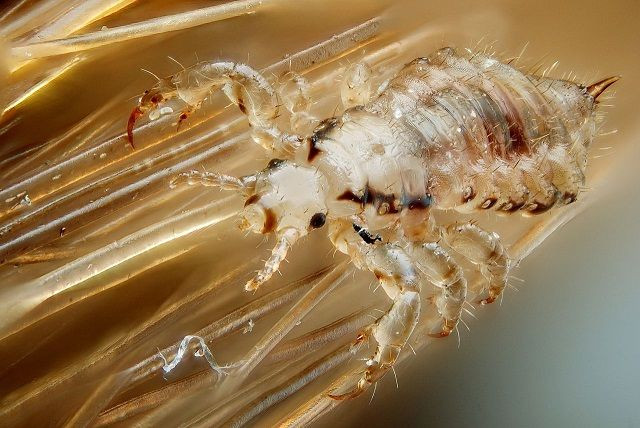Super Lice Early Signs And Treatment: What You Need To Know About The Mutant Insecticide-Resistant Bug
It’s a term that can’t help but send itches up and down your scalp: Super Lice.
These buffed up creepy critters have gotten plenty of attention in the past few years, with warnings that they’ve been steadily spreading across the country. But what exactly are super lice? And what makes them different from the already nasty bugs that love to call our heads home? Let’s take a brief look.

A Persistent Resistant Pest
Human head lice (Pediculus humanus capitis) have long been a persistent pest of people. Evidence suggests that they’ve even been around longer than modern-day humans, having first pestered our closest primate ancestors and cousins before and eventually making their way to us. Though they can’t fly, and are poor movers even when they do decide to crawl, head lice (and their related cousins, pubic and body lice) have adapted to feed on our blood with frightening precision.
With the advent of powerful insecticides in the mid-to-late 20th century, our unwanted intimate relationship with lice finally appeared to be on the rocks. While infestations still occasionally happened, the over-the-counter treatments we developed — in combination with nonchemical methods like combs that sweep away unhatched lice eggs — were effective at stopping them dead in their tracks.
Unfortunately, in recent years, lice have begun to outwit the most commonly used of these insecticides, known as pyrethroids. Thanks to several resistance genes, called knockdown mutations, lice have rendered themselves less vulnerable to pyrethroids. Most recently, a study published earlier this August found that the average lice from 42 out of 48 states (excluding Hawaii and Alaska) had three of these knockdown mutations, and that only one state, Michigan, had any lice populations that were still perfectly susceptible to pyrethroids. While these mutations don’t turn lice into unstoppable itching machines, other research suggests that pyrethroids can now only kill 25 percent of your typical lice infestation, making them useless as a go-to treatment.
What To Do Now
Lice aren’t unique in developing pyrethroid resistance — bed bugs and a myriad of other insect pests have become similarly hardy against our conventional weapons. All of which has left exterminators and doctors alike scrambling for new solutions.
Alarming as this trend is, though, there’s no need to be worried about a lice uprising just yet. Recently developed prescription medications like Natroba and Ulesfia do appear to still work tremendously well against them, though the threat of eventual resistance is guaranteed the more regularly we use these newfangled treatments.
Elsewhere, there are other OTC products like LymeMD, which don’t use insecticides at all, that have shown some promise as a reliable anti-lice treatment. Rather than chemically attack their nervous system, as pyrethroids do, the treatment - a silicone-based gel often used in cosmetics - physically prevents lice from excreting water and lubricates the hair. This helps for lice and their eggs to be more easily removed by a specialized comb, the latter treatment still being an important part of combatting a lice infestation.
Lastly, for those wondering, it’s not just head lice that are becoming super — pubic and body lice, which are thankfully less common these days, have also shown signs of resistance, though not to the same extent. Either way, it’s enough to make you suspicious of ever borrowing someone else’s clothes again.
Published by Medicaldaily.com



























